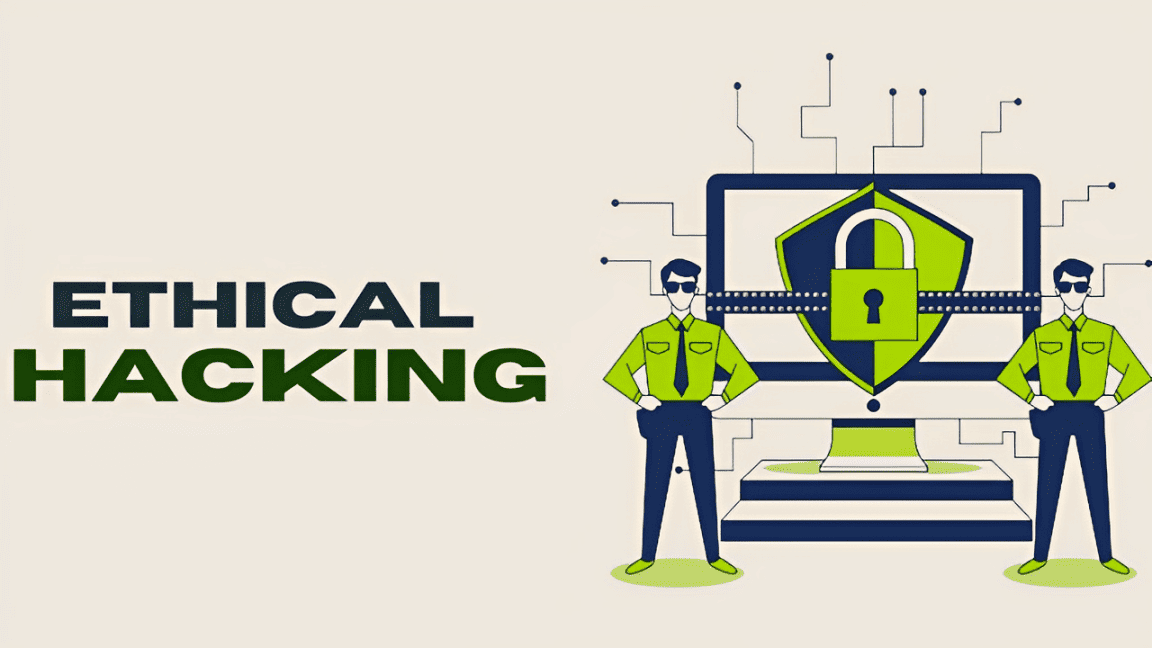Summary of the Blog
- What is Enumeration
- How to do Enumeration
- Types of Enumeration
- secure yourself from Enumeration
What is Enumeration
In ethical hacking, enumeration is a critical step where hackers systematically gather information from a target system to discover potential vulnerabilities. This phase involves extracting details about network resources, user accounts, and other valuable information that could be exploited in the later stages of a security assessment.
How to do Enumeration
Reconnaissance:
- Gather information about the target system or network using open-source intelligence (OSINT) tools.
- Identify the target’s domain names, IP addresses, and other relevant details.
Network Scanning:
- Utilize tools like Nmap to discover active hosts on the network.
- Identify open ports on the target system.
Service Version Detection:
- Determine the versions of services running on the open ports using tools like Nmap.
- This information helps identify vulnerabilities associated with specific software versions.
User Enumeration:
- Probe services (e.g., FTP, SSH, web applications) to identify valid user accounts.
- Use tools like Hydra, Medusa, or other enumeration scripts to perform brute-force attacks on login credentials.
SNMP Enumeration:
- If Simple Network Management Protocol (SNMP) is present, use tools like SNMPwalk to gather information about network devices and their configurations.
DNS Enumeration:
- Use tools like nslookup or dig to gather information about domain names, IP addresses, and name servers.
Types of Enumeration
Network Enumeration:
- Description: Involves discovering active hosts, open ports, and services on a network.
- Techniques: Network scanning tools like Nmap help identify devices, map network topology, and reveal active services.
User Enumeration:
- Description: Identifying valid user accounts on a system is crucial for potential unauthorized access.
- Techniques: Probe services like FTP, SSH, or web applications to extract information about users. Tools like Hydra or Medusa can be used for brute-force attacks on login credentials.
SNMP Enumeration:
- Description: Simple Network Management Protocol (SNMP) enumeration involves extracting information from network devices that support SNMP.
- Techniques: Tools like SNMPwalk can be used to traverse the SNMP tree, revealing valuable information about network devices, configurations, and performance statistics.
DNS Enumeration:
- Description: Gathering information about domain names, IP addresses, and name servers helps understand the target’s domain structure.
- Techniques: Use tools like nslookup or dig to query DNS servers for information. Techniques may include zone transfers and DNS reconnaissance to map the DNS infrastructure.
Service Enumeration:
- Description: Identifying and understanding the versions of services running on open ports to find potential vulnerabilities.
- Techniques: Tools like Nmap can provide service version information, helping ethical hackers assess the security posture of the target system.
Operating System Enumeration:
- Description: Determining the target system’s operating system is vital for exploiting OS-specific vulnerabilities.
- Techniques: Tools like Nmap or Banner Grabbing techniques help identify the operating system based on responses from open ports and services.
File and Share Enumeration:
- Description: Identifying accessible files and shares on a system to uncover potential security weaknesses.
- Techniques: Tools like SMBclient for Windows systems or NFS enumeration for Unix/Linux systems can be used to explore file shares.
Secure yourself from Enumeration
Regular System Audits:
- Explanation: Conduct regular audits of your network and systems to identify and patch vulnerabilities. Regular assessments help you stay ahead of potential security threats.
- Action Steps: Schedule routine vulnerability scans and penetration tests. Address identified weaknesses promptly by applying security patches and updates.
Firewall Configuration:
- Explanation: Properly configure firewalls to block unauthorized access and limit exposure to potential attacks. Firewalls act as a barrier between your internal network and external threats.
- Action Steps: Implement a deny-by-default rule for your firewall, allowing only necessary traffic. Regularly review and update firewall rules to adapt to evolving security needs.
Strong Password Policies:
- Explanation: Enforce strong password policies to mitigate the risk of brute-force attacks during user enumeration. Strong, unique passwords add an additional layer of defense.
- Action Steps: Implement password complexity requirements, enforce regular password changes, and encourage the use of multi-factor authentication (MFA) where possible.
Update Software Regularly:
- Explanation: Keep all software up-to-date to patch known vulnerabilities and enhance overall system security. Outdated software is a common target for attackers.
- Action Steps: Establish a regular patch management process to update operating systems, applications, and security software. Enable automatic updates where applicable.
Intrusion Detection Systems (IDS) and Intrusion Prevention Systems (IPS):
- Explanation: Implement IDS and IPS solutions to detect and prevent suspicious activities, including enumeration attempts.
- Action Steps: Configure IDS/IPS to alert on potential enumeration activities. Regularly review and analyze logs to identify and respond to security incidents.
User Education and Awareness:
- Explanation: Educate users about the importance of security and the potential risks associated with social engineering and phishing attacks.
- Action Steps: Conduct regular security awareness training for employees. Emphasize the significance of not sharing sensitive information and the role of users in maintaining a secure environment.
Network Segmentation:
- Explanation: Divide your network into segments to limit the impact of a potential breach. If an attacker gains access to one segment, they are less likely to move laterally within the network.
- Action Steps: Implement proper network segmentation based on the principle of least privilege. Restrict access between segments to minimize the attack surface.
Incident Response Plan:
- Explanation: Develop and maintain an incident response plan to efficiently respond to security incidents, including those related to enumeration.
- Action Steps: Regularly test and update the incident response plan. Ensure that all team members are familiar with their roles and responsibilities during a security incident.
Conclusion
By understanding the concept of enumeration, the techniques involved, the different types, and implementing security measures, individuals and organizations can take proactive steps to create a more secure digital environment. Ethical hacking, when performed responsibly, becomes a powerful tool for identifying and addressing potential security threats.





